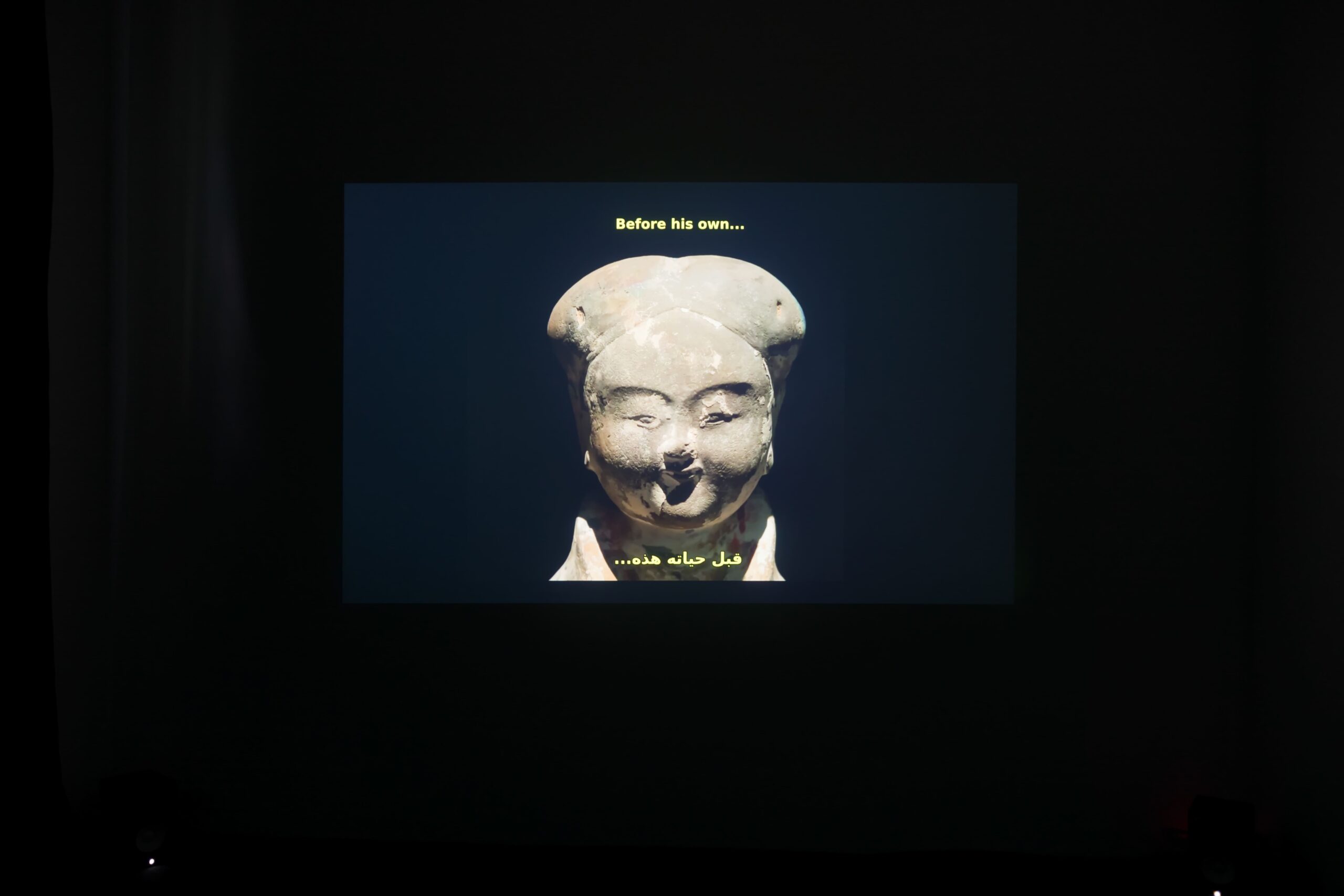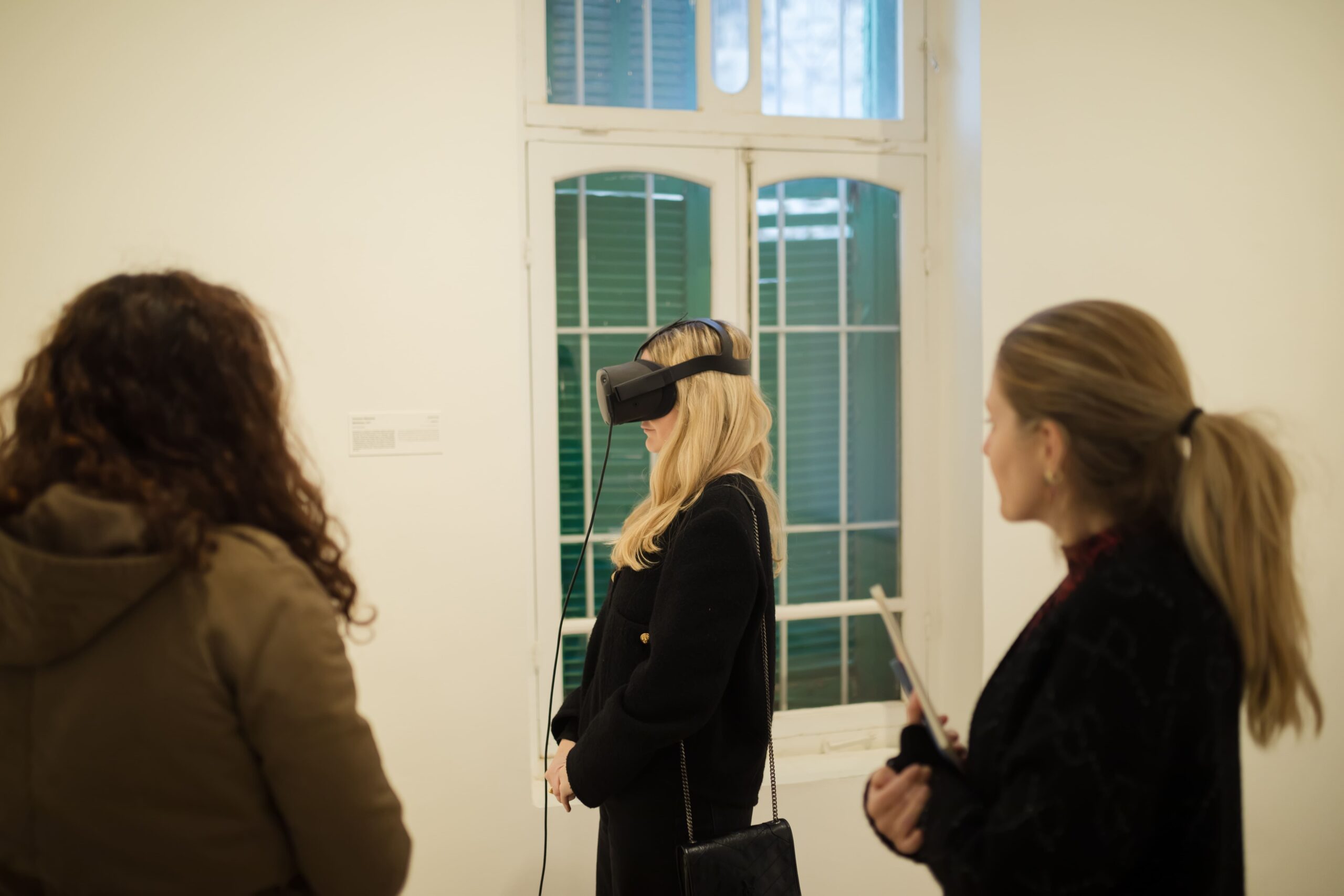How to Time Travel presents a series of commissioned and selected works that explore themes of estrangement and displacement and propose ways in which the dimension of time conditions re-orientation and belonging. While the resulting works manifest as tangible objects — a reconstructed or deconstructed painting, a deck of
cards, or a book — their journeys involve an interplay between fact and fiction; the protagonist of their time-
bending narratives often being an imagined or reconstructed archetypal figure such as an olive tree, a distant
sound, a father’s painting, or a grandmother’s prayers and stories.
The works are thus derived from a layering of real and made-up worlds where historical facts are altered,
embellished, or intentionally omitted, and where lived experiences are narrated and re-narrated, manipulated, or
made-up altogether.
The participating artists, hailing from various trajectories and working across multiple disciplines and mediums,
were invited to propose works that act as homing devices, defined as vehicles, instruments, rituals, or tools for
navigation and orientation.
Within this framework, a new notion of home emerges — one that transcends the physical and spatial realm
confined by national borders, and is instead understood as a vast terrain composed of lived experiences,
encompassing all affinities and connections, sensations and sentiments, objects and emotions, as well as
recollections and visions. Implicit in this definition is an introspection about the elements that tether us to the
world and to one another.
In this sense, acts of approaching home — contemplating, seeking, finding, understanding, remembering, and
imagining it — often encompass a non-linear movement through time that does not solely rely on nostalgia but
also invites speculative visions for the future.










